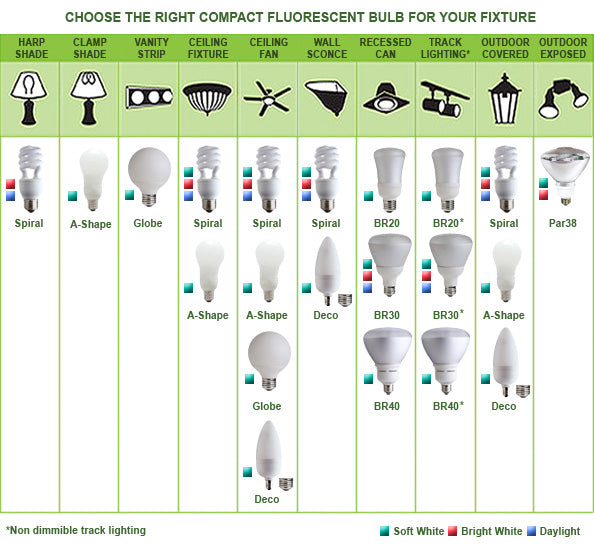 Compact fluorescent light (CFLs) bulb technology
Compact fluorescent light (CFLs) bulb technology has now reached a point of significant maturity. Every bulb in the home, from the bulb for the basic lamp in the family room to the vanity lighting around the mirror in the bathroom, that was once the exclusive turf of the
standard incandescent now has a CFL retrofit that will save you energy, money, and may even save the environment too. In this article, I will go through the most common household lighting situations and explain the appropriate CFL retrofits in each of them. Lamps are among the most common fixtures in the household so they are a good place to start. Generally there are two shapes of lamps that are most common, the harp lamp and the clamp lamp shade lamp. A lamp with a harp shade features typically features a screw in base and a piece of metal, the harp, which outlines the bulb and secures the shade. I would recommend replacing your incandescent with a
twist CFL with a bright light or day light color temperature to get a natural and well diffused light. For lamps with a clamp lamp shade you’ll want to choose an
A-shape CFL so the shade can easily clamp with out a problem.
For the bathroom, CFLs are very handy. Vanity strips, the set of light bulbs that often frame mirrors in bathrooms, most often use incandescent globes. There are wide variety of
globe CFLs with medium screwbases that can easily replace incandescent globes. A soft white light is generally preferable in this application because the light will naturally be reflected by the bathroom mirror and other reflective bathroom surfaces. Recessed lighting is also common in bathrooms and there are plenty of CFLs to retrofit your incandescent recessed lighting. I would recommend
bulge reflector (BR) bulbs for this application. The different sizes that BR CFLs come in guarantee a good fit in your recessed can. Again, soft white light is a good choice in this application but light temperature closer to day light is also sufficient. Throughout the home there are usually numerous mounted ceiling and wall fixtures in the form of track lights, ceiling fixtures, and sconces. For track lighting I would again choose bulge reflectors for a good indoor flood. BR20s through
BR40s will be ideal depending on your track lighting fixture; color temperature choice is also flexible in this application and really depends on your taste. For ceiling fixtures I would recommend A-shape or twist bulbs because many ceiling fixtures are originally outfitted with screw in A-shape incandescent bulb and you will want a good fitting bulb. Like track lighting, there is no right color temperature answer in this application, particularly because many ceiling fixtures feature some sort of glass or plastic diffuser that will change the appearance of your light some what. If you can, I would recommend you play around with your color temperature a bit. Ceiling fans also fall within the ceiling fixture category. Your choice of ceiling fan style will change depending upon the fan’s fixture. Usually any bulb from a twist (if an enclosed fixture) or a candelabra or globe (if exposed bulb fixture) will do. Color temperature is flexible with ceiling fans, I happen to like soft white in this application so that is what I could go with to provide an even mellow light. Lastly wall sconces will most likely require a twist or candelabra CFL depending on whether the sconce is enclosed or features an exposed bulb.
Outdoor home lighting can also benefit from CFLs. Use PAR 38 CFLs with a cooler color temperature for outdoor floods and twist, A-shape, or candelabra CFLs for any lantern lighting you may have, any color temperature will do here! Remember that not all CFLs can dim, and many of those that can, cannot dim 100%. BulbAmerica has great deals on all the CFLs mentioned in this article and the best brands too, check us out!

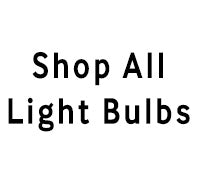
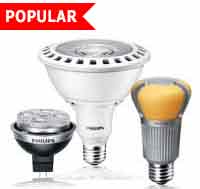
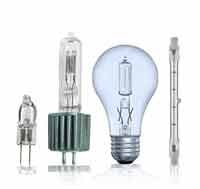
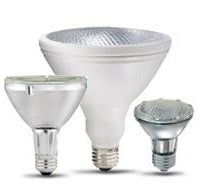

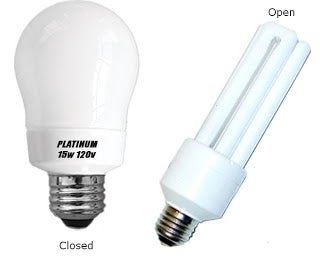 As
As  Compact fluorescent light (CFLs) bulb technology
Compact fluorescent light (CFLs) bulb technology





Stay in Touch